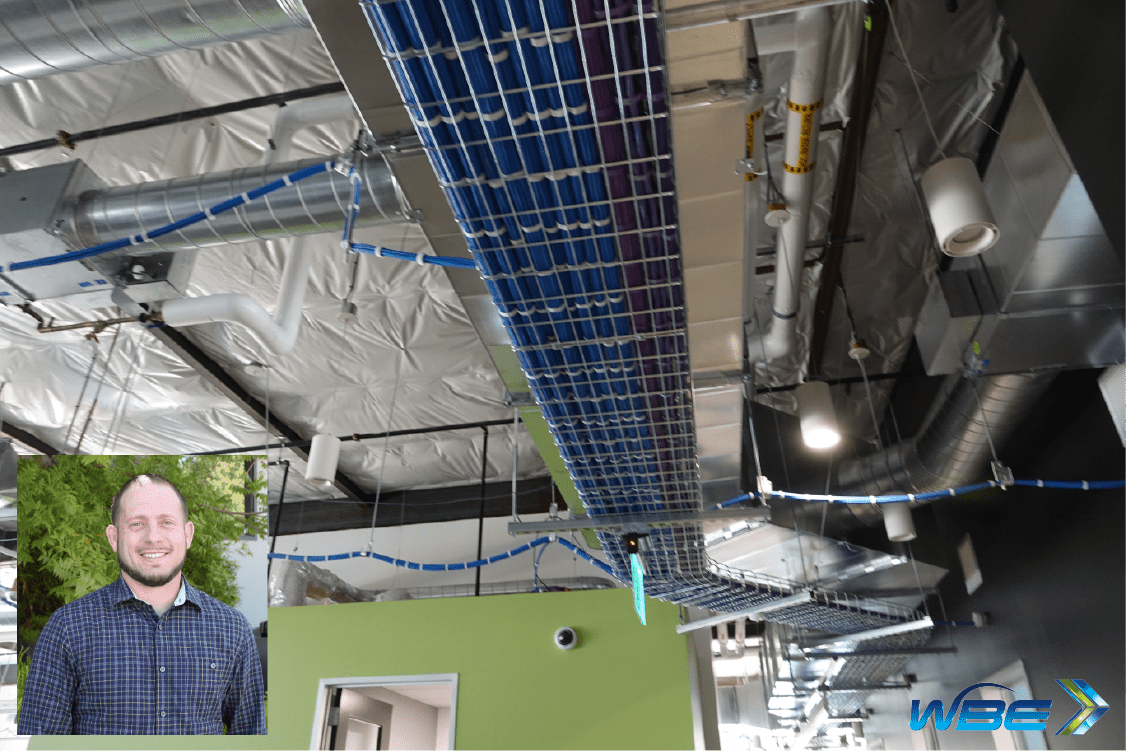Which Cabling is Right for You?

By Paul Gigliello Jr. | VP Telecom Division
“What’s your flavor of cabling? It’s a bit like choosing your favorite ice cream. For us professionals in the industry, it’s crucial to help our clients understand the different types of category cabling and what each one brings to the table. While some clients still ask for Category 5E (the legacy choice), it’s a sign that they might not be fully prepared for the future or may not grasp the full spectrum of category cable options.
So let’s break it down:
- Cat 5E = 100MB (up to 100 meters)
- Cat 6 = 1G (up to 100 meters)
- Cat 6A= 10G (up to 100 meters)
In recent years, Category 5E has seen a steep decline in the industry, with Category 6 following suit since 2019. Category 6A has stepped up and taken over the market share for new and remodel installations.
Now, here’s the good part: Category 6A cables have shed their bulky image. No more installing garden hose-sized cables. The need for larger cable pathways, conduits, and added labor has been minimized. All of this means that moving from Category 6 to Category 6A doesn’t necessarily break the bank anymore. If your clients plan to stick around for a few years, the premium cost is well worth it.
Standards require or recommend Category 6A cable for the following:
- Distributed building services
- Health care facilities
- Education facilities
- Data centers
- Wireless access points (WAPS)
And speaking of WAPs, Wi-Fi is a big driving force behind the adoption of Cat 6A cabling. It’s now recommended to use (2) Category 6A cables for each WAP, even if some only have (1) uplink. The reason is to future-proof the technology. With Wi-Fi 6/6E here and Wi-Fi 7 on the horizon, Category 6 cabling might not cut it for the next-gen tech.
“WBE can lay out all of the pros and cons and get you set up for the future, which entails faster speeds and better technology.”